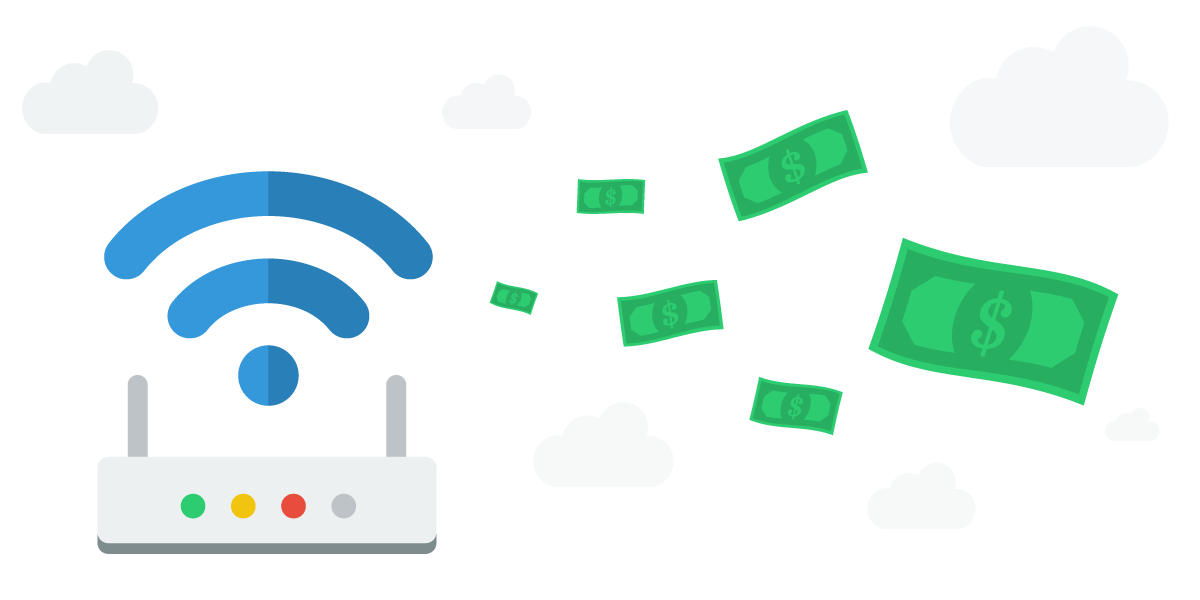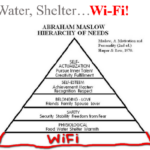Introduction
Wi-Fi is now the preferred method of access to the network. More and more applications are moving to the cloud. Consumers are demanding always on anywhere wireless internet access and they are expecting it for free. They see Wi-Fi as just another utility, like water and electricity. They expect it there, they expect it free and they expect it just to work. This possesses a significant challenge for venue owners and service providers alike who were not that long ago, able to charge for Wi-Fi internet access in public venues and share in the revenue. Particularly for the venue owner, what was once a source of revenue has now become a cost. So what are the options for monetizing Wi-Fi without a direct exchange of money?
Premium Access
One of the trends we are seeing particularly in hospitality is a two tier, premium access model. A complimentary but limited service is available if you want to check your email and perform general web browsing like getting caught up on your social media networks. Then there is a simple way to upgrade to a paid service if you require more bandwidth intensive applications like streaming video or video conferencing. This is sort of like choosing between a normal guest room and a suite. One must tread carefully however as if the complimentary tier is so slow or restricted as to make checking email and general web browsing painful, you will likely cause more harm than good. No internet access is better than bad free internet access. On another other note if a person upgrades, they better be able to get the service promised and be able to stream video and video conference. Make sure you have enough bandwidth, that the complimentary tier works extremely well for checking email and general web browsing and that you have a way to allocate more bandwidth to the premium than the complimentary tier.
Another trend that’s emerging, particularly in public Wi-Fi such as airports and train stations, is to give a limited time usage for free, usually 15-30 minutes after which you pay. From an end user perspective, the same applies – If I am paying for the service, it better be good. This gives me the opportunity to try before I buy. From a venue or service provider perspective, it better be good or you aren’t making much revenue here.
While I realize this isn’t quite monetizing Wi-Fi without direct exchange of money, it is a happy medium where you could supplement some of the cost and justify the remainder with the fact that customers will come back, stay longer, and buy more. Although difficult to measure, the thought is, incremental loyalty will offset the lost revenue. This could also be combined with user journeys with advertisements to help offset even more lost revenue.
User Journeys
The user journey defines the step-by-step process that a Wi-Fi user walks through to attain Wi-Fi access. This might consist of a login page and a post-login page or something in between. Venues could monetize Wi-Fi by gathering data to analyze on these pages and provide relevant branding, content, ads, services and offers. Optional and mandatory fields such email address, age group and gender could be configured for data gathering or data could be obtained through Social Media login options such as Facebook, Twitter, Linkedin and Google. Techniques such as http user agent could be leveraged to determine device type, OS and browser.
In its simplest form the user journey could be leveraged as a platform to provide general advertisements for example for the onsite restaurant or spa, 3rd party advertisements, watch a video, download a coupon, or download an app before getting onto the Wi-Fi. In addition more targeted content could be delivered by leveraging analytics data like presence/location, proximity to surroundings, demographics, device/os/browser type, websites/applications and social media likes and interests. Further this analytics data could be combined with data from 3rd party CRM, POS and advertising systems by leveraging APIs to deliver even more targeted content. The more targeted the content, the more effective. For example if you were sitting in the stadium enjoying the game and you receive a notification from your mobile device indicating hotdogs were half off, that’s useful. If you receive notification that hotdogs are on sale at your local grocery store back home, that’s annoying.
Finally data gathered throughout the user journey for example the email address becomes an asset that could be leveraged for future marketing campaigns.
Check out part 2 of this 3 part blog series on Monetizing Wi-Fi where I’ll cover Presence Analytics and Indoor Location-based Services.







Recent Comments